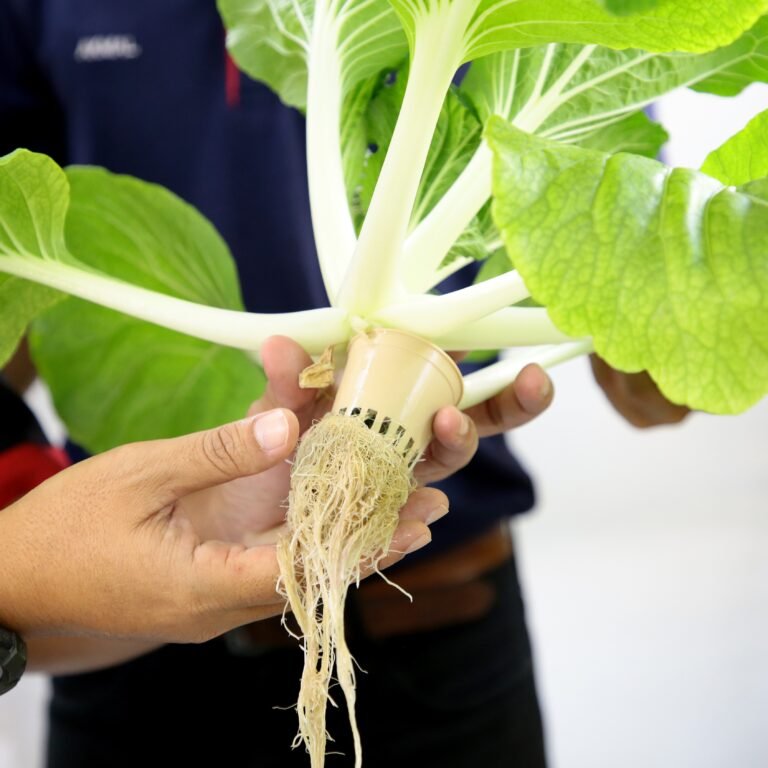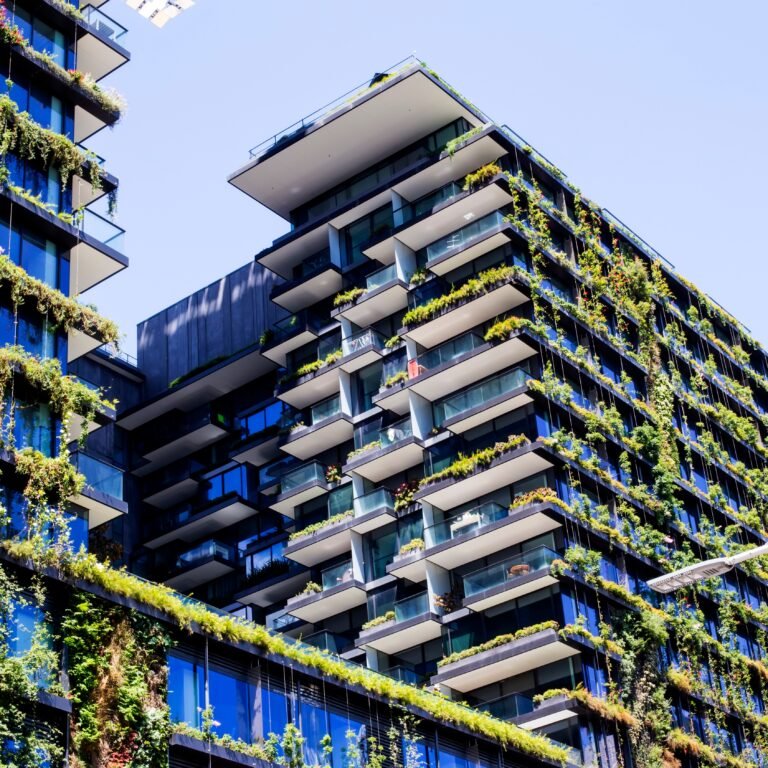The Future of Farming: Regenerative Vertical Farms
Imagine a world where crops are grown in towering structures, reaching towards the sky, harnessing the power of technology and nature to create a sustainable future. This is the vision of regenerative vertical farming, a revolutionary approach to agriculture that holds the potential to transform the way we grow food.
Regenerative vertical farming is not just about growing crops vertically; it’s about redefining our relationship with nature and embracing innovation to address the challenges of a rapidly changing world. By integrating advanced technologies such as hydroponics, aeroponics, and LED lighting, these farms can maximize efficiency, reduce resource consumption, and minimize environmental impact.
The Power of Regeneration
At the heart of regenerative vertical farming is the concept of regeneration. Unlike traditional farming methods that deplete soil fertility and rely on harmful pesticides, regenerative vertical farms prioritize sustainable practices that restore and revitalize ecosystems. By using organic and natural nutrient solutions, these farms promote biodiversity and create healthier, more resilient ecosystems.
Moreover, regenerative vertical farms have the potential to address issues of food security and accessibility. With the ability to be located in urban areas, these farms can provide fresh, nutritious produce to communities that would otherwise have limited access to healthy food options. By shortening the distance between farm and table, regenerative vertical farming reduces the carbon footprint associated with transportation and brings food production closer to where it is needed the most.
Unleashing Human Potential
Regenerative vertical farming represents not only a solution to the pressing environmental and social challenges we face but also an opportunity to unlock the full potential of human ingenuity. By pushing the boundaries of what is possible in agriculture, these farms inspire innovation, collaboration, and creativity. They encourage us to think outside the box and reimagine the future of food.
With regenerative vertical farming, we have the ability to create a world where agriculture is no longer limited by seasonality or climate constraints. We can grow fresh produce year-round, regardless of external factors. This opens up new possibilities for culinary exploration, as chefs and food enthusiasts can experiment with a wider range of ingredients and flavors.




